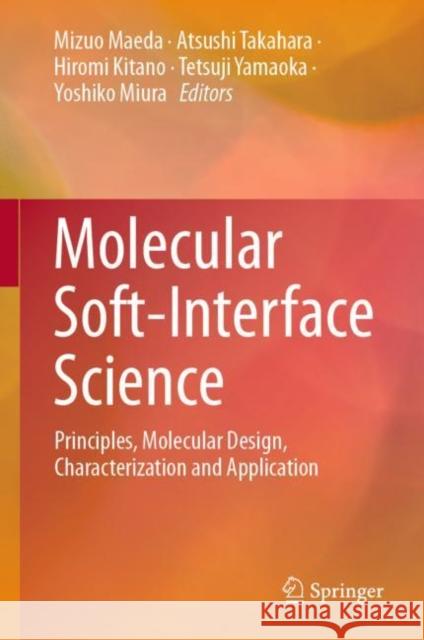Molecular Soft-Interface Science: Principles, Molecular Design, Characterization and Application » książka
topmenu
Molecular Soft-Interface Science: Principles, Molecular Design, Characterization and Application
ISBN-13: 9784431568759 / Angielski / Twarda / 2019 / 222 str.
Kategorie:
Kategorie BISAC:
Wydawca:
Springer
Język:
Angielski
ISBN-13:
9784431568759
Rok wydania:
2019
Wydanie:
2019
Ilość stron:
222
Waga:
0.50 kg
Wymiary:
23.39 x 15.6 x 1.42
Oprawa:
Twarda
Wolumenów:
01
Dodatkowe informacje:
Wydanie ilustrowane











